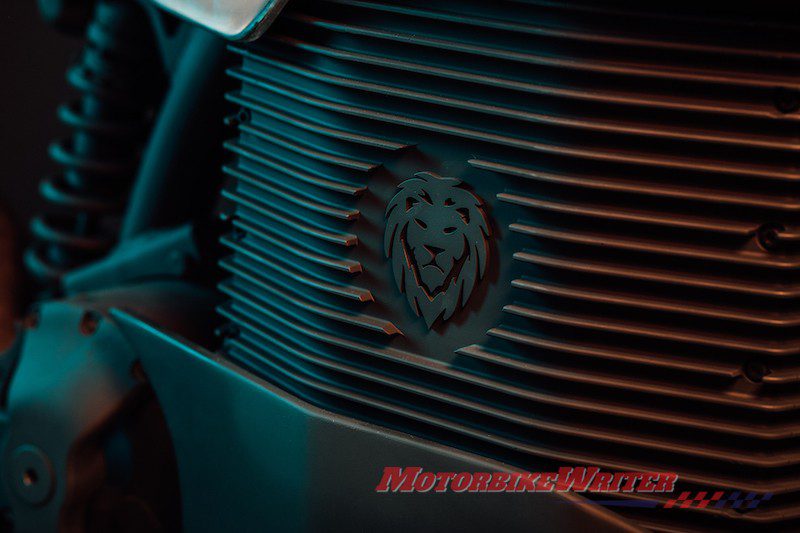Rather than a return to the Roaring Twenties, this decade could see an abundance of electric vehicles creating a Whirring Twenties.
Let’s do the disadvantages first:
- Expensive;
- Limited range;
- Dubious whole-of-life environmental impact (mining, production, energy source and recycling);
- Slow charging;
- Scant charging infrastructure;
- No common batteries across the industry; and
- They lack soul.
There is also the unanswered vexing question of how the government will respond to diminishing fuel excise revenue as electric vehicles take over. Perhaps a new tax!
I certainly don’t see myself buying one this decade, even though the first six disadvantages will soon be diminished by advances in technology and production.
However, I do see 10 unexpected benefits from the Whirring Twenties.
Whirring Twenties
1 Quiet
Now most of us think this is a negative, but there are many instances where a quiet, whirring motor could be a benefit:
- For a start, police and security guards will be able to sneak up on thieves;
- Meanwhile, police would not be able to fine you for having a noisy exhaust;
- It would also nullify the latest draconian laws to limit use of off-road motorcycles on your own property as is occurring in some states;
- There would be fewer complaints from residents near racetracks which might save some from extinction;
- You could easily sneak away early on a Sunday for a ride without disturbing your cranky neighbours or come home late without waking the family; and
- Young people may like the fact that they can still hear their phone calls and music clearly while riding!
2 Cool runnings
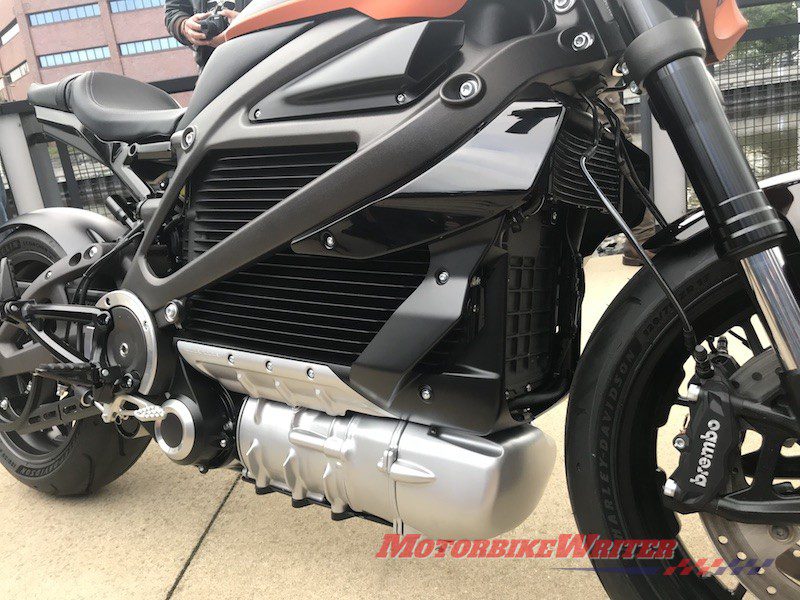
Even though batteries and electric motors heat up, it is nothing compared with the heat radiating from an internal combustion engine.
I rode the Harley-Davidson LiveWire at the world launch last year in Portland, Oregon, through the forest and through town, yet I was still able to place my naked hand on the battery and motor without it being burnt.
It was only warm, not even hot.
That is a real boon for those commuters who usually fry in slow traffic on a summer’s day.
It would also spell the end of pipe burn for young kids and novice riders.
3 Youth appeal
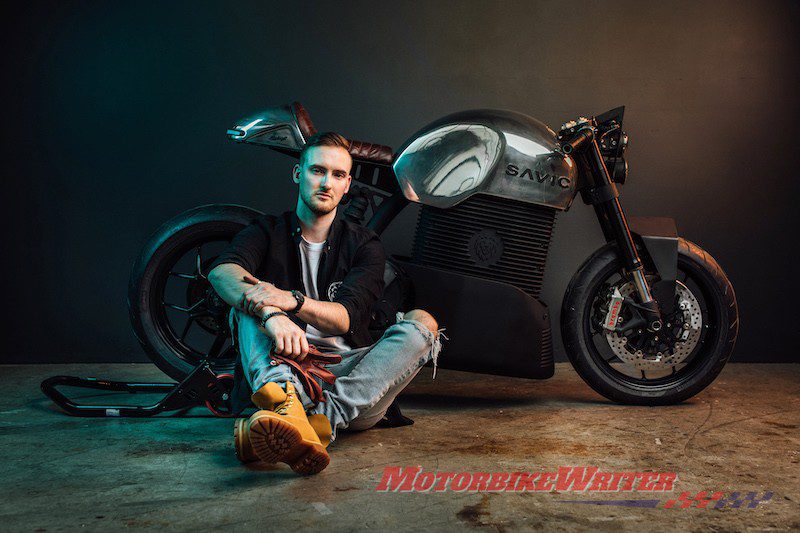
We crusty old riders love our internal combustion engines, but many young people see them as old technology.
However, funky, whirring electric motorcycles could just be the tonic to kickstart sales to millennials.
4 Design options
Speaking of funky, there have been some weird designs among the electric motorcycles we have seen so far.

Motors and batteries can be just about any shape and designers don’t have to factor in ugly exhausts and chain/belt/shaft drives; they can simply make them direct drive.
5 Easy to ride
Most electric motorcycles will be twist-and-go with no clutch lever, shifter pedal or gears to change.
Once again, we crusty old riders think this sucks the charm and skill out of riding a motorbike, but it may also make them more palatable to younger riders who relish convenience.
Since they will be easier to learn to ride, getting your licence should be cheaper as you would need fewer lessons.
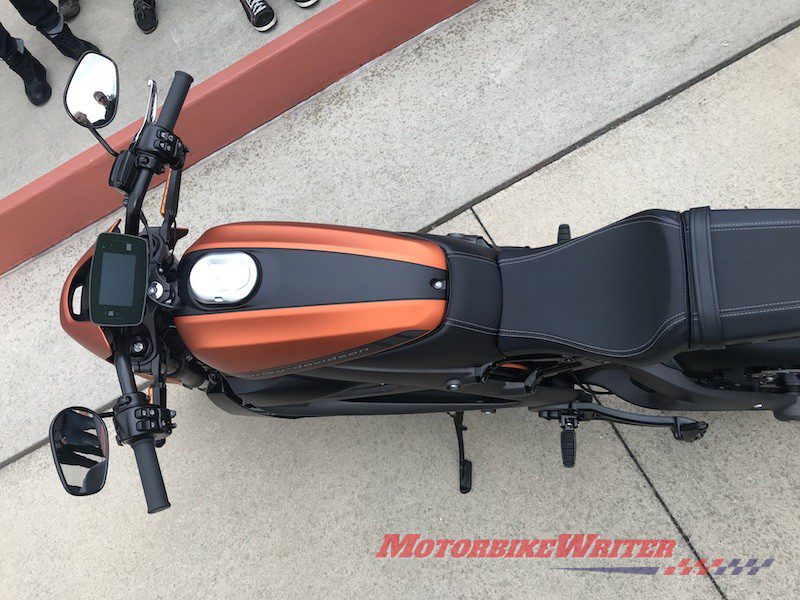
6 Lightning fast
If it’s speed you want, it’s speed you get with an electric motorcycle.
Electric motors have peak torque as soon as you roll the throttle.
Consequently, most electric motorcycles will accelerate to 100km/h in about three seconds, which is faster than most supercars.
I tested this at the LiveWire and Victory Empulse TT launches and it’s easy to achieve. No need for a drag strip or any special launch controls. Just wind the throttle and hang on!
As for top speed, the Lightning LS-218 holds the land speed record for fastest production electric motorcycle in the world at 346km/h (218mph – hence the name) at the Bonneville Salt Flats.



7 Low maintenance
Maintenance expenses should be low as there is no chain/belt, no internal engine workings, no oil, etc.
Long-life brushless electric motors and batteries need no maintenance.
Even brake pads will need changing less frequently because regenerative braking from the motor means you use the conventional brakes less often.
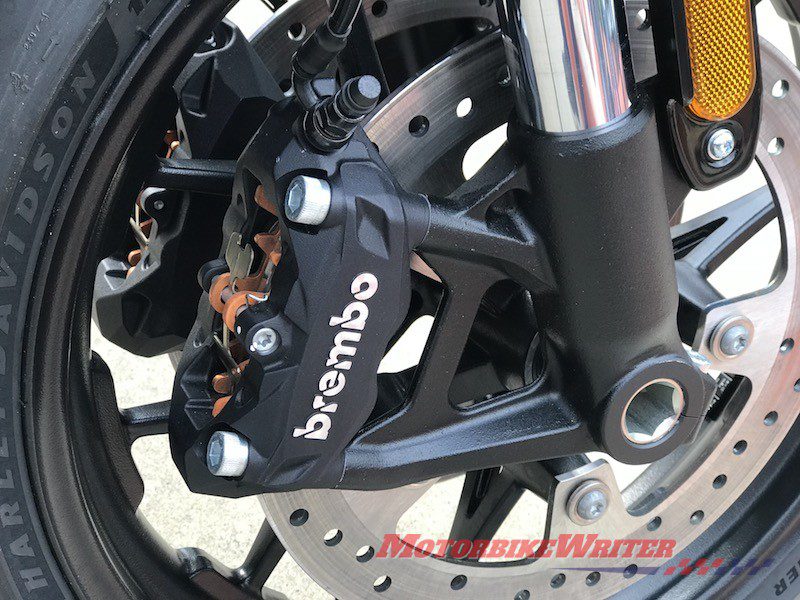


8 No mess
Scooters shielded their oily engines with panels so women wouldn’t get their skirts dirty while riding.
The same can be said for electric motorcycles, although they don’t need panels. There are simply no oily working bits to smear your clothes!
9 Slap for industry
So far, the electric motorcycle industry has been dominated by start-ups, not traditional motorcycle companies.
That’s great for entrepreneurial engineers such as Dennis Savic who has created Australia’s first electric motorcycle.
Harley-Davidson is the first traditional manufacturer to make a full-sized road-legal electric motorcycle, while the Japanese, Ducati and BMW have only been hinting at it.
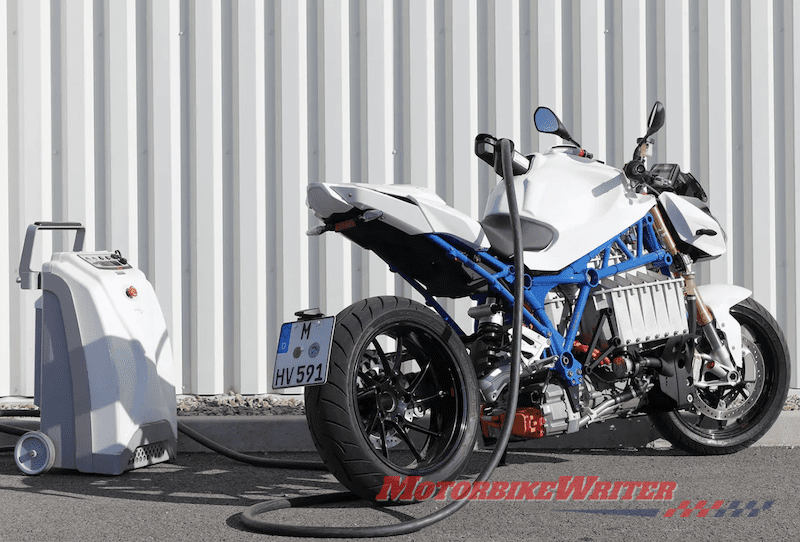


If the start-ups steal some market share from these companies it could just be the slap in the face they need to pick up their game.
10 Traditional bikes
Isaac Newton’s third law is: “For every action, there is an equal and opposite reaction.”
That’s not just true for physics, but also culture. Look at the growth of hippies during the space age and hipsters in the internet age!
Perhaps a dramatic swing to whirring electric vehicles could inspire people’s love of motorcycling and a desire to preserve it!


